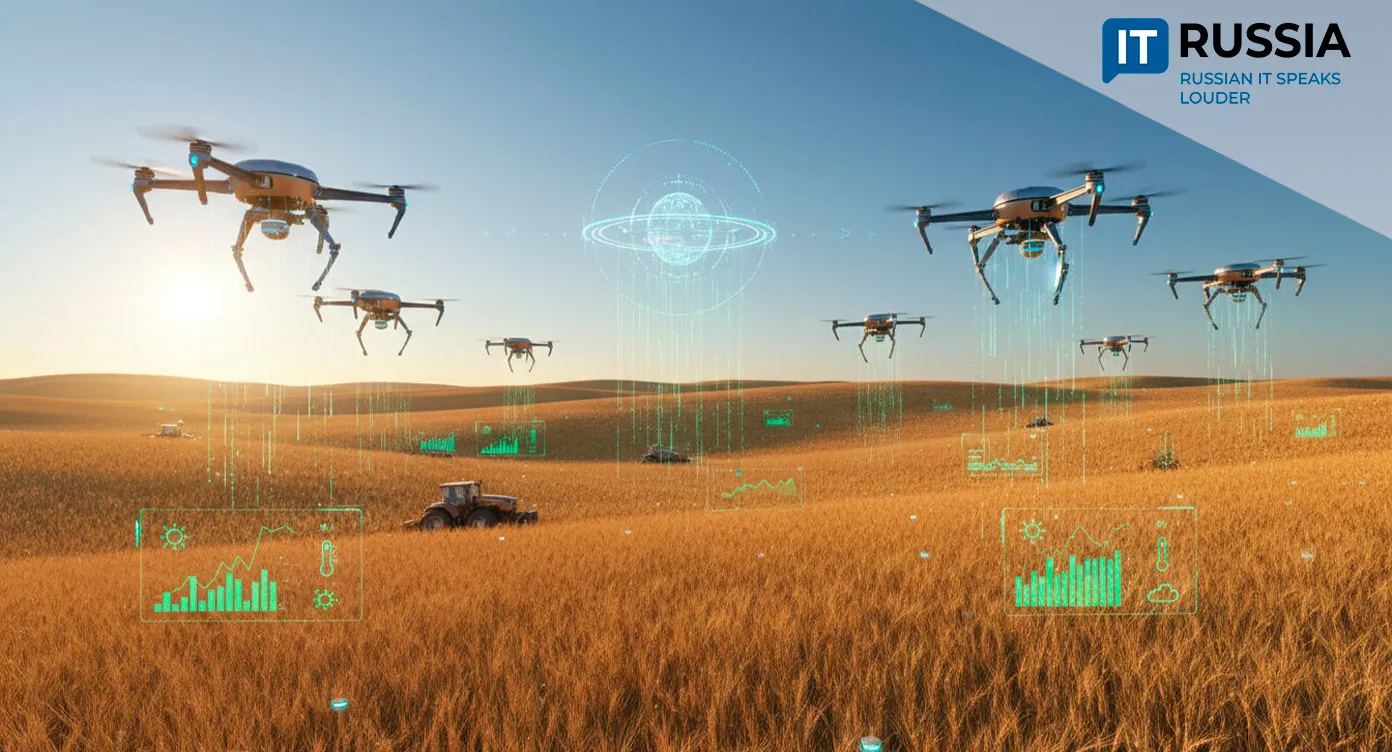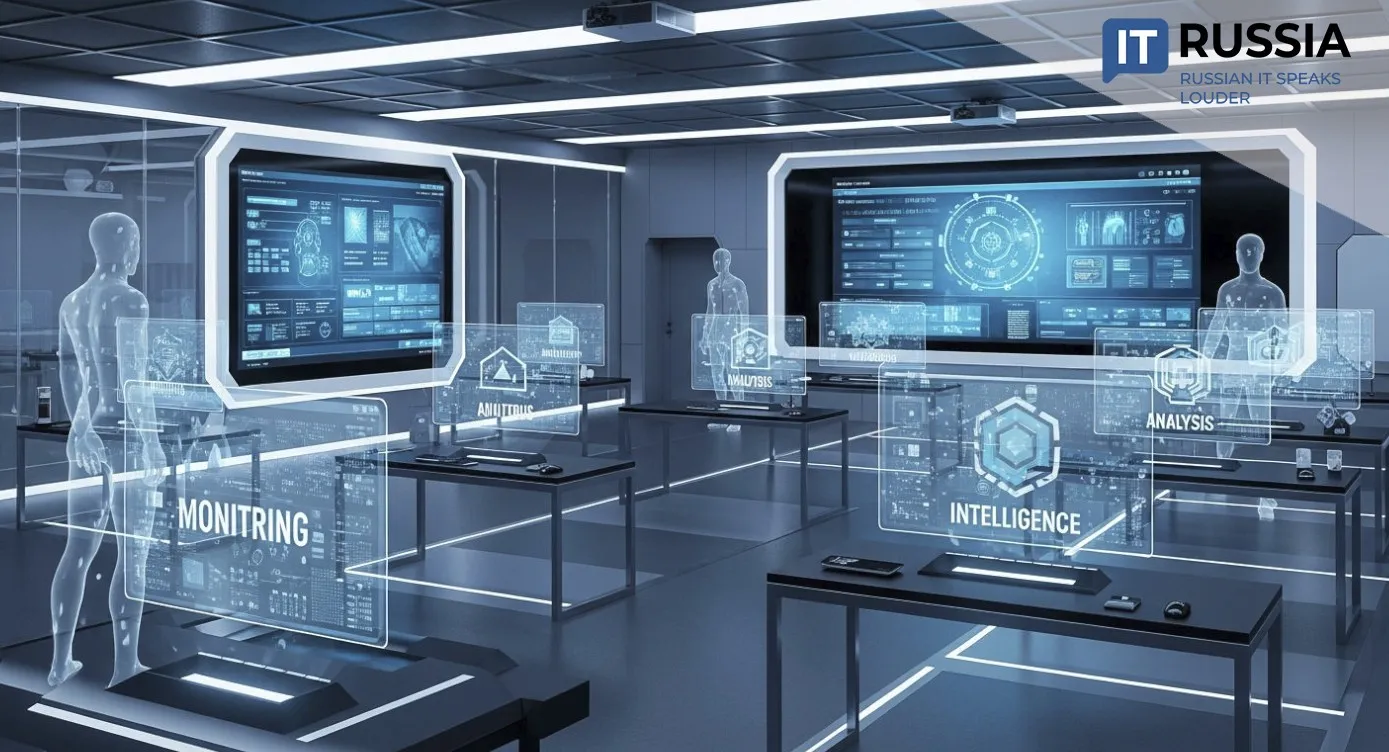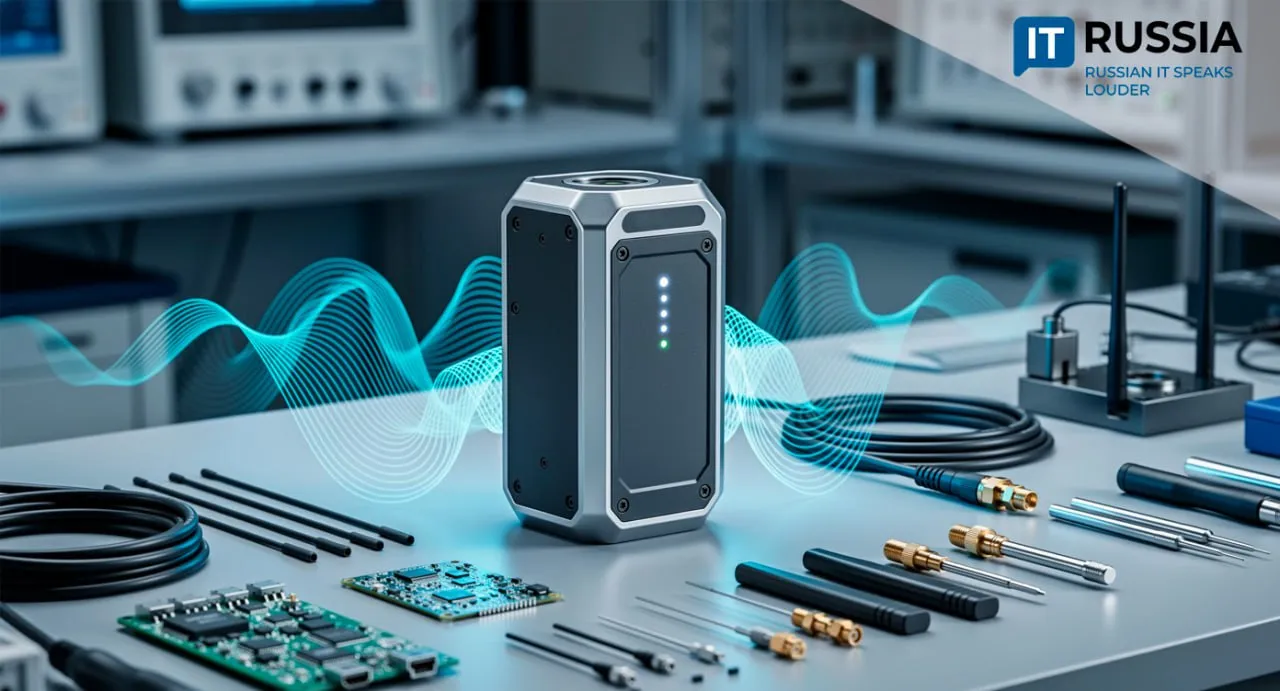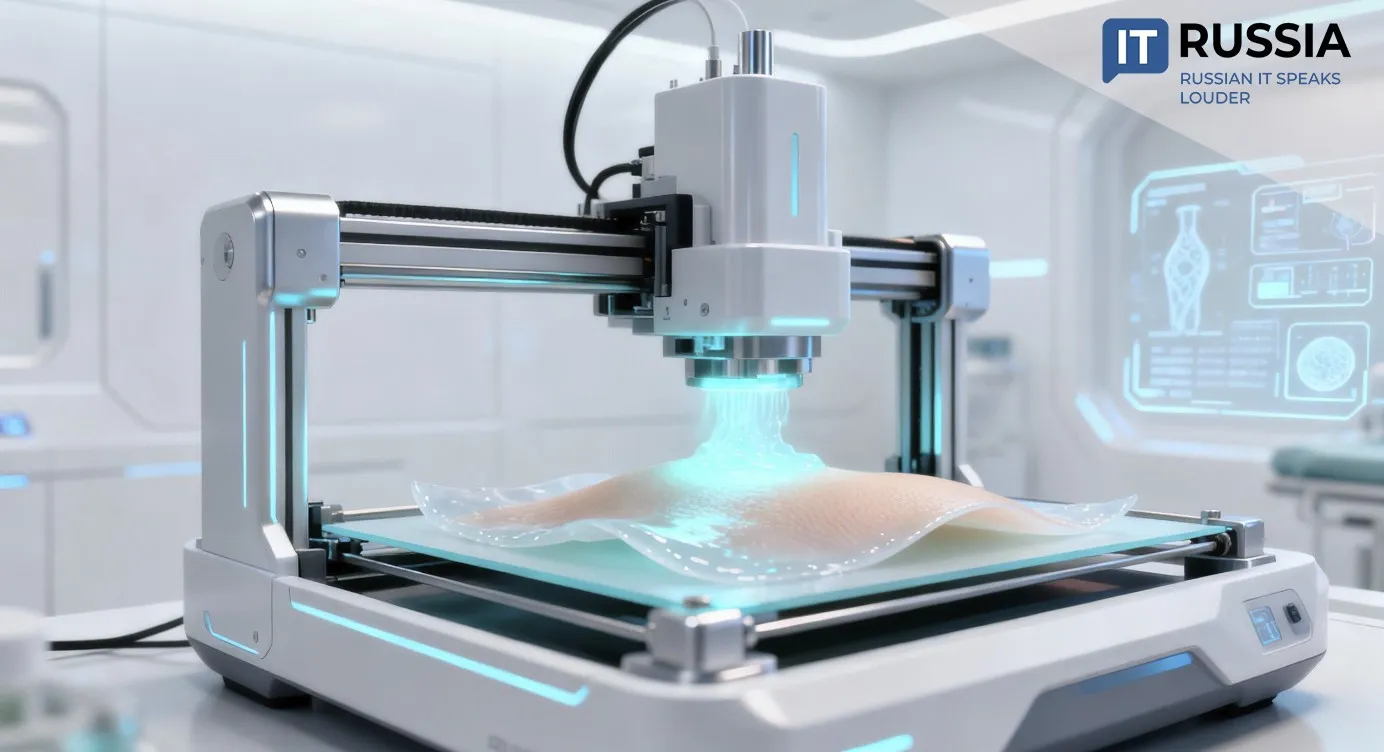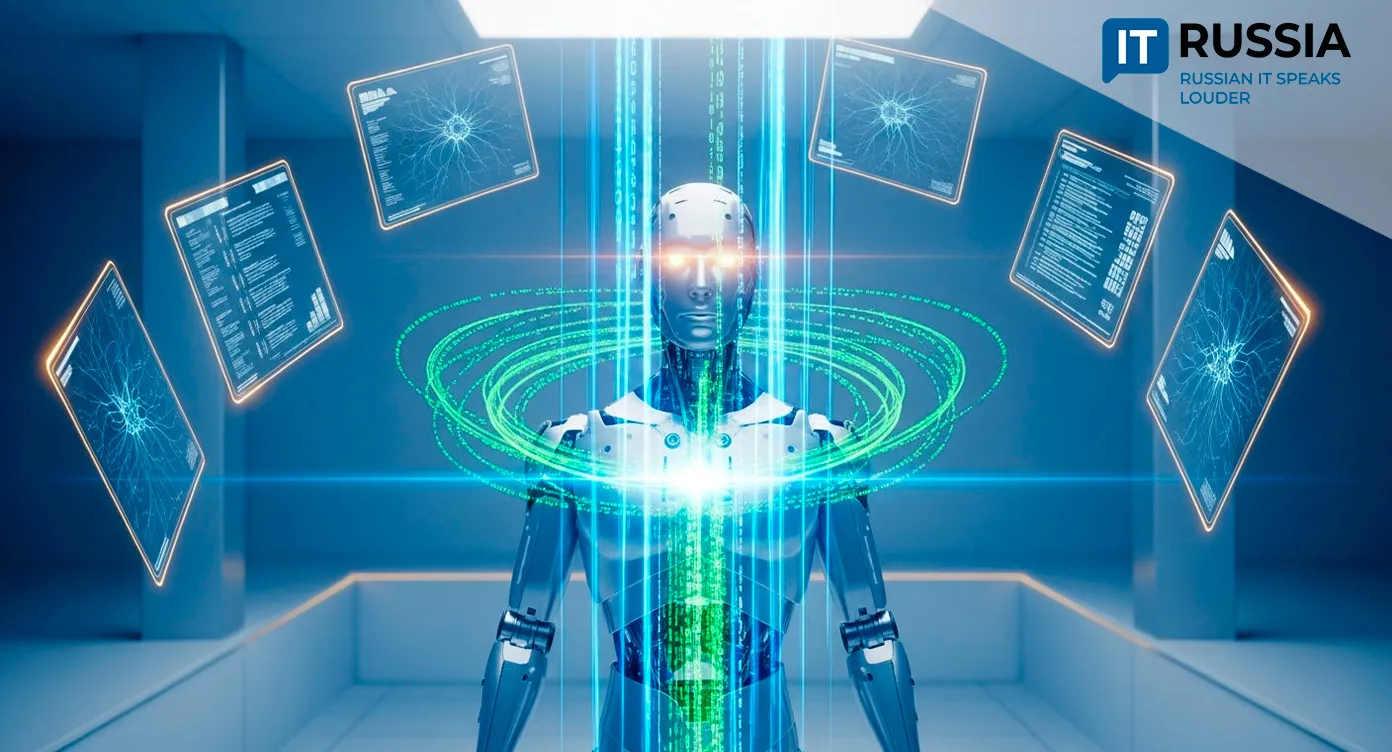Ural Scientists Train AI to Detect Glaucoma and Other Eye Diseases
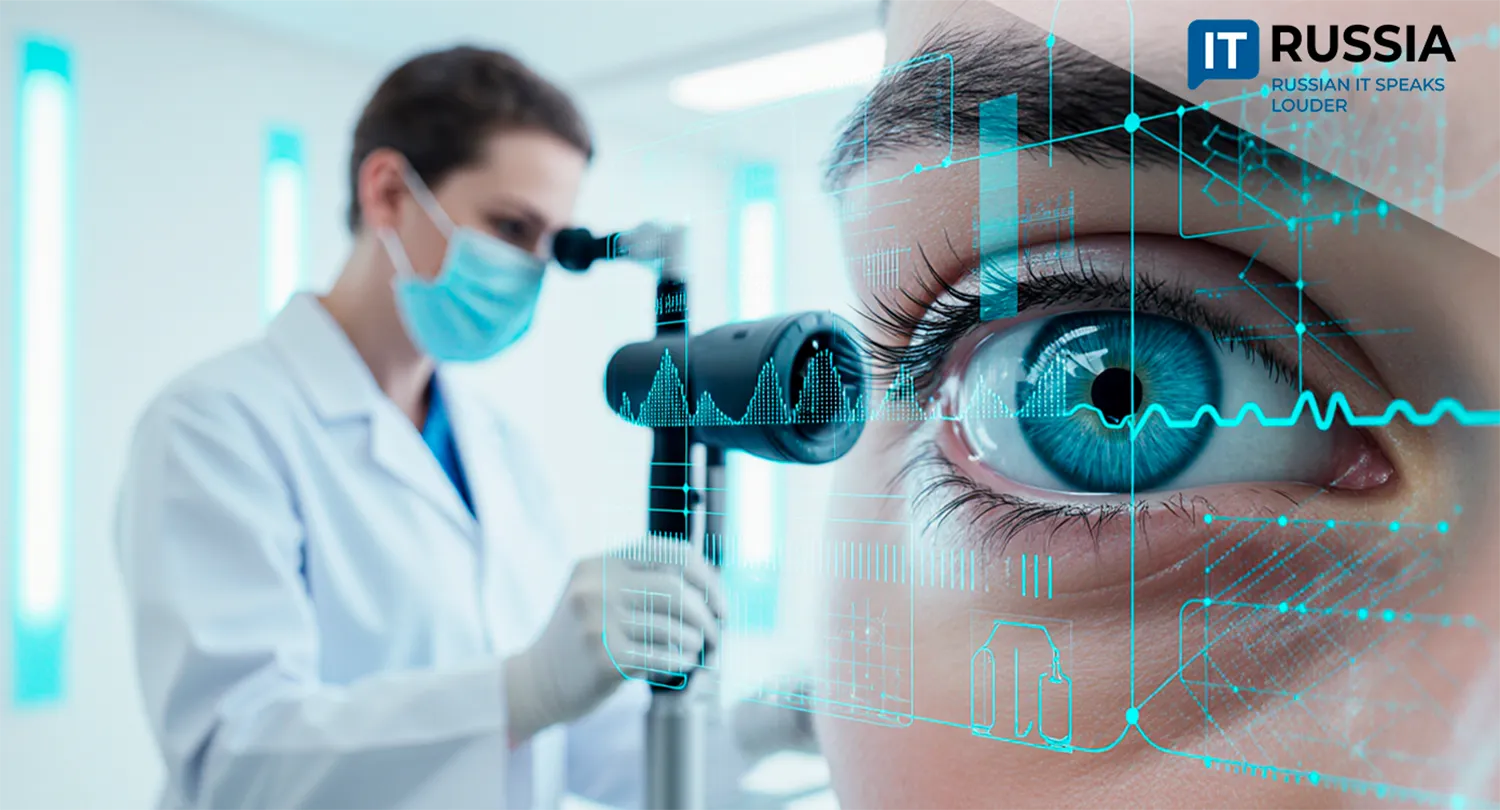
Researchers at Ural Federal University have patented an AI-powered diagnostic method that reads electrical signals from the eye, promising earlier detection of vision-threatening diseases.
AI Looks Deeper Into the Eye
Artificial intelligence is reshaping nearly every aspect of healthcare, and ophthalmology is no exception. Russia has now staked its claim in this global transformation: researchers at Ural Federal University (UrFU) have patented a breakthrough algorithm for diagnosing eye diseases. Far from a routine scientific achievement, the project reflects both technological independence and the country’s ability to create world-class medical IT solutions.
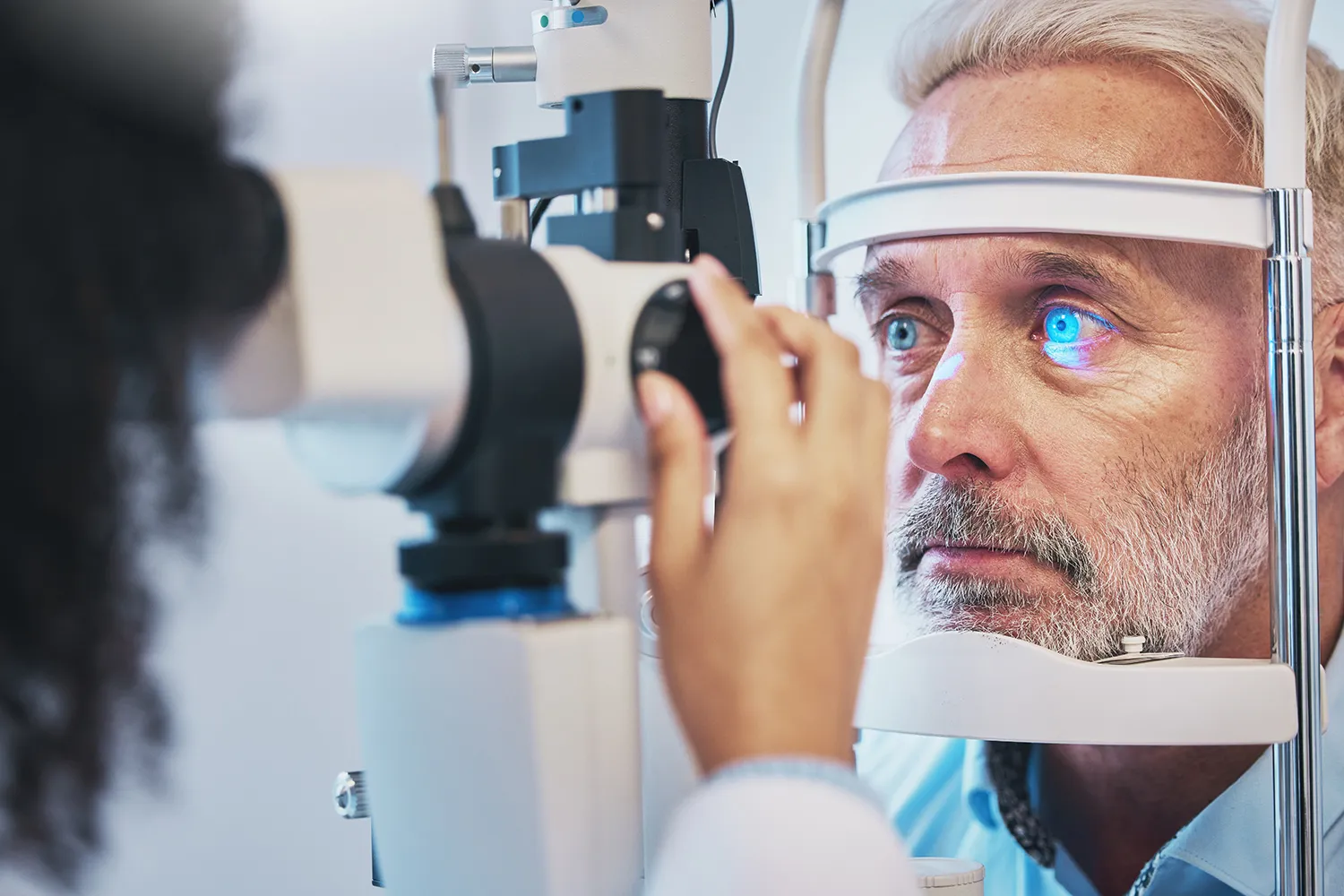
At the heart of the innovation is electroretinography (ERG), a test in which the retina responds to light flashes by generating electrical signals. These signals, captured as graphs, are notoriously complex—disease markers are hidden within noise and individual patient variability. Traditionally, deciphering them has required years of expertise and still carried a high risk of error. That’s where AI enters the picture.
Precision Work With AI
The UrFU team built an algorithm that performs what they call “jeweler’s work.” It cleans up ERG data by removing artifacts caused by eye movements, normalizes the signals, and then uses a deep neural network to detect dozens of pathology markers. The results are striking: diagnostic accuracy reaches 91%, a sharp leap compared with current global methods—fundus photography (around 80% accuracy) or optical coherence tomography (OCT), which is less accessible in many regions.
For Russian healthcare, the implications are immediate: faster and more reliable detection of glaucoma, diabetic retinopathy, and retinal dystrophies. Early diagnosis means cheaper, more effective treatments—and, most importantly, preserving eyesight for thousands of people. The technology also reduces strain on ophthalmologists and the broader healthcare system by allowing resources to be deployed more efficiently.
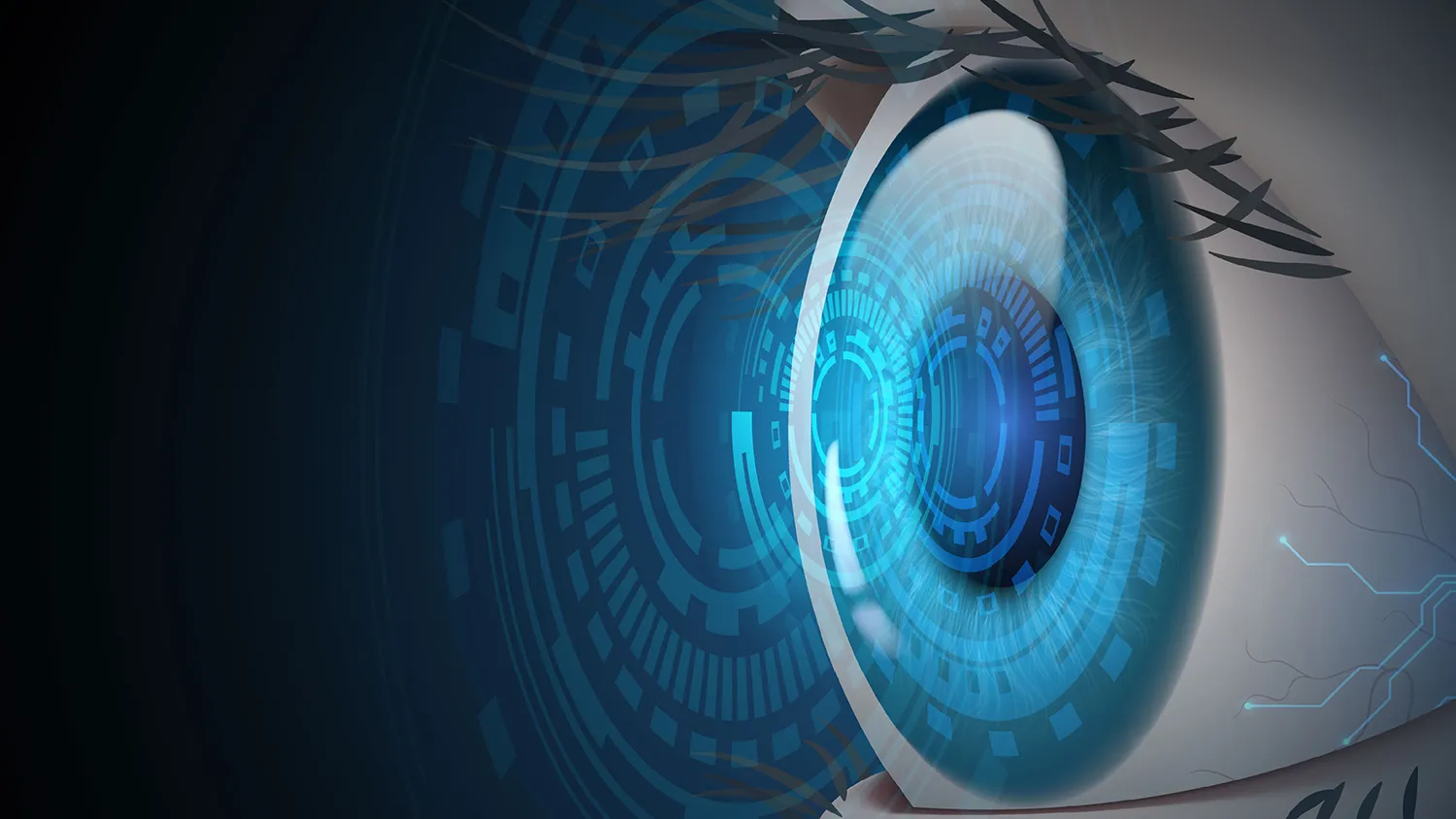
Seeing the Future
For patients, the benefits are tangible: a lower risk of irreversible blindness, faster access to diagnosis, and the possibility of remote screening through integration with telemedicine platforms—critical for rural and underserved areas.
For Russia’s IT and medtech sectors, the project demonstrates that domestic teams can build not just software, but full-scale scientific and technological solutions that align with international standards.
UrFU is already developing software compatible with existing medical equipment and is negotiating pilot deployments in clinics. The research team is also collaborating with German and Australian scientists to establish unified standards for ERG data processing—evidence of the project’s international credibility.
The export potential is significant. Many countries lack advanced ophthalmology infrastructure; a cost-effective, AI-powered ERG diagnostic tool could allow them to leapfrog expensive imaging hardware while improving outcomes.
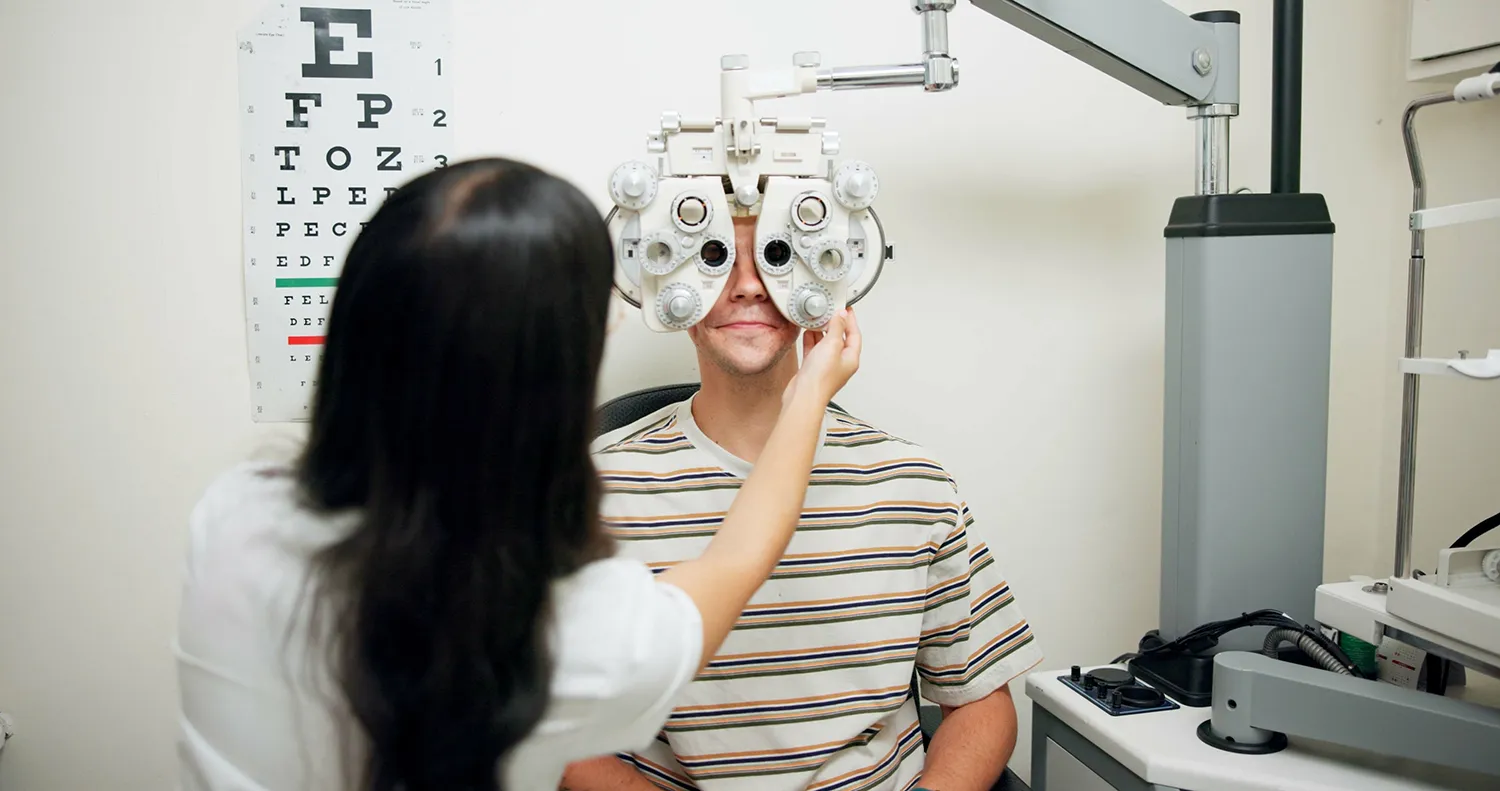
This algorithm is more than a patent on paper. It represents a strategic step toward technological sovereignty, a boost to UrFU’s scientific reputation, and a potential lifeline for millions worldwide at risk of losing their sight. By marrying advanced AI with fundamental science, Russian researchers are not only pushing ophthalmology forward—they’re redefining what’s possible for global healthcare.






